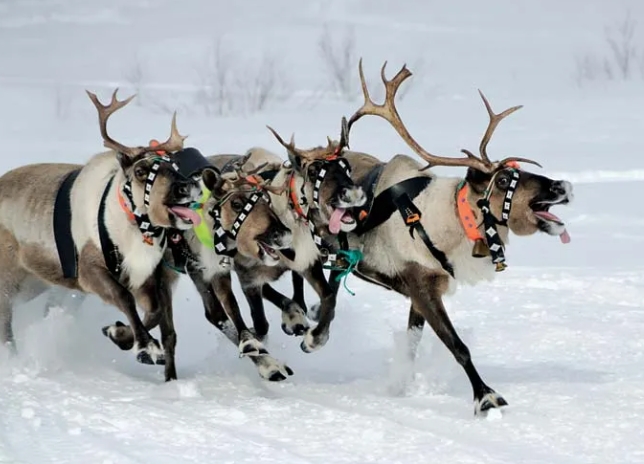Reindeer have played a crucial role in the lives of indigenous peoples in the Arctic regions for thousands of years. The domestication of these animals has a long and fascinating history that has only recently begun to be fully understood.
Ancient Origins of Reindeer Domestication
Research suggests that the domestication of reindeer began around 2000 years ago in northern Eurasia. Indigenous peoples such as the Sami in Scandinavia and the Evenki in Siberia were among the first to tame and breed these animals for their milk, meat, hides, and transportation.
The Importance of Reindeer to Indigenous Peoples
For these indigenous groups, reindeer were not just a source of sustenance, but also played a central role in their cultural and spiritual traditions. Reindeer herding provided a sustainable way of life in the harsh Arctic environment, allowing these communities to thrive for generations.
The Process of Domestication
Domestication of reindeer involved selective breeding for traits that made them more docile and easier to manage. Over time, these animals became more adapted to life in close proximity to humans, resulting in a unique bond between man and beast.
Genetic Evidence
Recent genetic studies have shed light on the origins of domestic reindeer populations. By analyzing the DNA of modern reindeer herds, researchers have been able to trace their lineage back to wild populations in northern Eurasia.
Challenges and Opportunities
Despite the long history of reindeer domestication, these animals face numerous challenges in the modern world. Climate change, habitat loss, and industrial development threaten the traditional way of life for indigenous reindeer herders.
However, there are also opportunities for the sustainable management of reindeer herds through initiatives such as conservation programs, eco-tourism, and genetic research. By continuing to study the origins and evolution of reindeer domestication, we can ensure the preservation of this important cultural and ecological resource for future generations.

